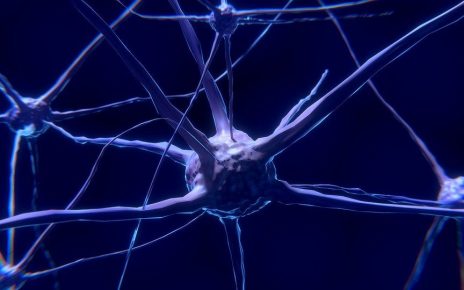Antivirus applications are sophisticated software components that are necessary on computers. You may have questioned how antivirus applications identify infections, what they do on the next machine, and whether you need to do a system scan yourself.
Even if you are a skilled user, a regular stream of vulnerabilities for computers, advanced and most vulnerable systems provides antivirus protection.
What Is the Operation of a Contemporary Cybersecurity Solution?
Most antivirus software used to rely primarily on scan strings (also known as “signatures”) that defined known malware strains. Well-known manufacturers immediately complemented these scan strings with considerably more powerful detection techniques based on information obtained via different technologies and methodologies like as emulation, heuristics, and behavioral analysis, allowing the discovery of previously undiscovered variations and families.
This artificial intelligence, along with machine learning algorithms, sandboxing, cloud reputation checks, and other technologies enable existing security measures to detect and prevent the majority of new and suspicious components directly at the endpoint.
All of these technologies are required because of the high volume of questionable samples: hundreds of thousands of them are detected every day, according to ESET telemetry. However, no technology can overcome all security issues on its own. As a result, the human experience remains one of the most important aspects of malware research and analysis in order to obtain high detection rates with a low amount of false positives.
Malware Detection Methods
In the simplest case, the definition by signatures is used. A signature is a piece of virus code that doesn’t change. Antivirus databases precisely contain the signatures of known viruses. By simply comparing the program code with the 100% signature database, you can determine whether there is a virus or not. But viruses do not stand. Still, they use polymorphic algorithms, with the help of which the signature changes. New viruses are also created that cannot be detected from existing databases.
The next method was heuristic analysis, which is smarter in detecting threats. The heuristic analyzer recognizes patterns, i.e., patterns of virus behavior, and can thus detect a threat even before its signature is known. For example, under special control, programs that create resident modules in memory access the file system or boot sectors directly, intercept software and hardware interrupts, and modify executable files (.exe).
Also, antivirus programs have learned to detect potentially unwanted programs (PUPs). These aren’t exactly viruses, but PUPs are installed “as an attachment” to another program, often without the user’s knowledge. PUPs can install additional modules in the system and browser extensions that violate privacy and security, display advertisements, and download real viruses in the future.
Detection Rate
Varying antivirus applications identify viruses at different rates, and virus definitions and heuristics contribute to the disparity. Some antivirus vendors may have more virus definitions and better heuristics than their rivals, resulting in greater detection rates.



